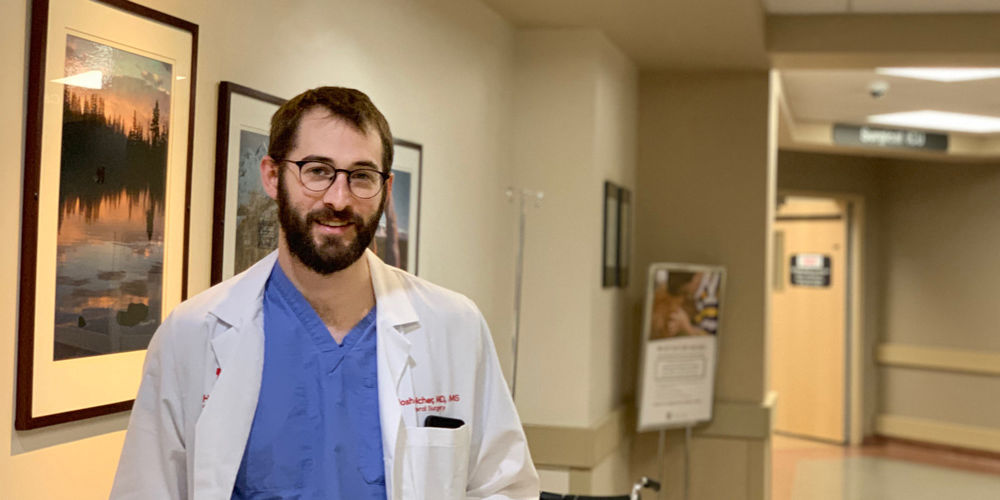The problem: Over and under prescribing
he opioid epidemic is one of the nation’s most pressing health care concerns — officially declared a public health crisis . The mortality rate is chilling: the CDC reports every day more than 130 people in the United States die from opioid overdose. The national economic burden for misuse alone averages $78.5 billion annually. And it’s a problem that hits home: Utah is ranked #7 in the nation for opioid drug overdose deaths.
Post-surgical opioid prescribing practices are essentially random. We often prescribe the same number of pills for the same procedure without personalization of prescribing practices for individual patients.
When we looked at the data, we found that a quarter of patients don't use any narcotics in the 24-hour time period prior to leaving the hospital. And half of those don't use any narcotics within 48 hours of leaving the hospital. Yet, all of those patients go home with a prescription for pain meds.
View full presentation at the Dept. of Surgery’s Value Symposium here (from 50:45 – 59:20).
But there's also a significant number of patients who are under-prescribed. Some patients are prescribed too few pills based on their 24- and 48-hour prescription needs.
And so I think the biggest takeaway from this project is not focusing just on the over-prescribing, but also on the under-prescribing. And trying to kind of develop a new paradigm for prescribing of narcotics.
Our evidence demonstrates that we need a more patient-centered approach to opioid prescribing. While there are several research groups writing new guidelines for how many opioids to prescribe to which procedure, we need a new paradigm for prescribing narcotics.
The approach
Under the leadership of Dr. Huang, Dr. Rob Glasgow, Dr. Tom Varghese, Dr. Ben Brooke, and Dr. Brigitte Smith, the Department of Surgery is committed to improving post-surgical opioid prescribing patterns. They’re using improvement problem-solving and value improvement training, led by Dr. Brigitte Smith, to create sustainable solutions to these challenging problems.
Defining the problem: Have an open mind
We as surgeons are very locked in our traditions when it comes to research, and oftentimes we think a randomized control trial is the only way to go. Dr. Smith has taught us that we can think differently. She showed us how quality improvement can be a valid method that produces results. It’s an effective way to identify problems and produce effective change. And not just for our institution. When we learn how to improve a particular process, we can transfer to other institutions as well.
QI methods were initially counterintuitive for me. The initial data set we looked at was only about 20 patients, but from that population it was clear there were issues with how we prescribe opioids here. That was enough to go forward with the project and start looking deeper.
After spending a year defining the problem and aligning it with local data, it's become clear that we aren't currently meeting our individual patient needs. But now, I think we can.
We learned of Dr. Bleicher's improvement work at the second annual Department of Surgery Value Symposium. His project was one of two selected to be profiled on Accelerate. We applaud these efforts to share and spread best practices in delivering high-value health care within our community and beyond.
Josh Bleicher
The practice of medicine is recognized as a high-risk, error-prone environment. Anesthesiologist Candice Morrissey and internist and hospitalist Peter Yarbrough help us understand the importance of building a supportive, no-blame culture of safety.
Workplace aggression occurs so frequently in health care that it’s often accepted as “part of the job.” Patient Safety nurse coordinator Connie Phelps describes some of the work being done at University of Utah Health to help shift that paradigm.
Safety as a value requires a cultural shift, not just getting people to talk about patient safety but to know how it impacts everything we do. U of U Health’s Director of Patient Safety Iona Thraen draws from the personal to highlight a system-based approach for moving from reactive to proactive patient safety.
